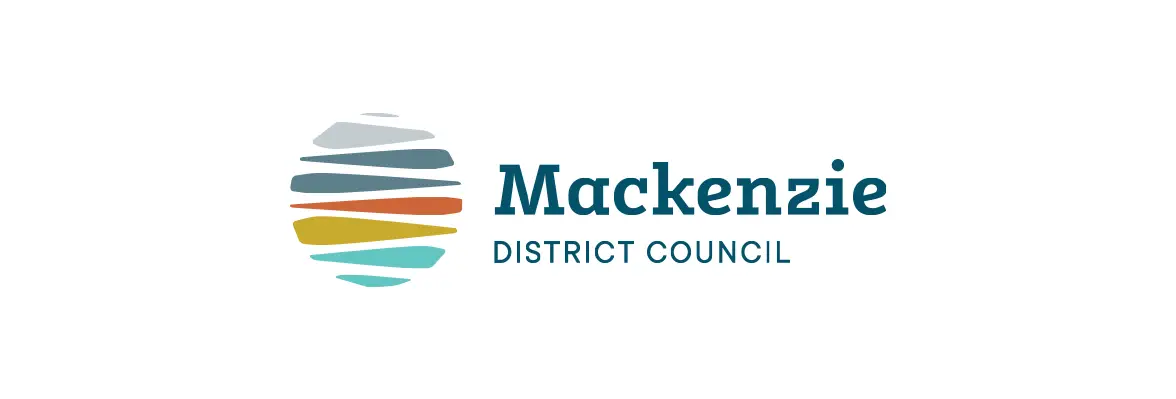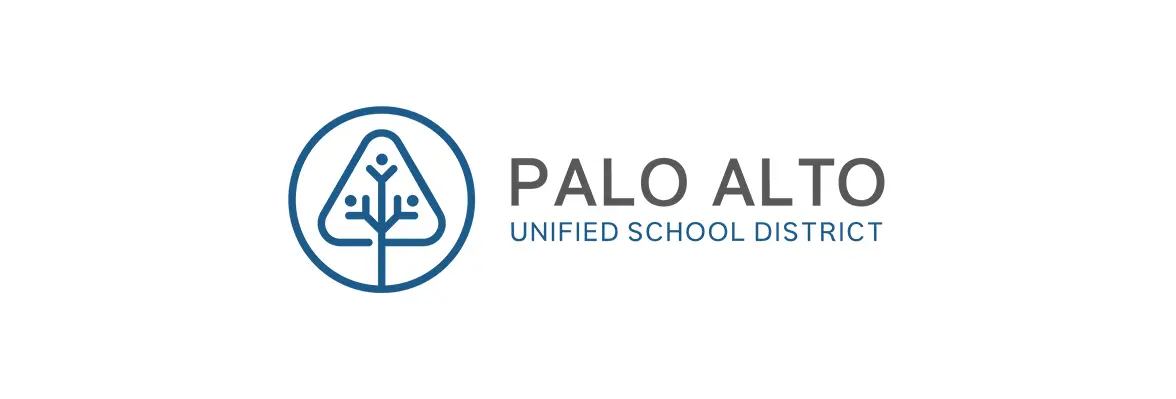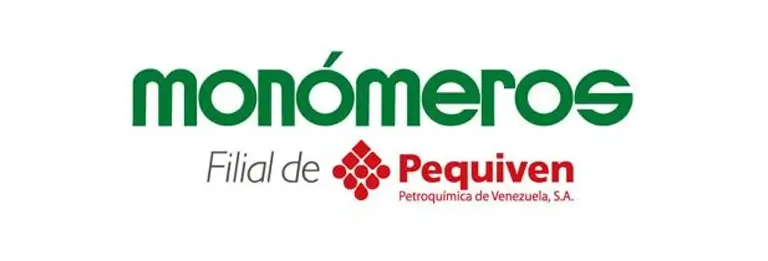Cabarrus County, North Carolina, Innovates with Chatbots and Laserfiche to Deliver on ERAP Funding
6 min read
To assist Americans across the country who face economic uncertainty, rental debt and housing insecurity as a result of the COVID-19 pandemic, the U.S. federal government launched the Emergency Rental Assistance Program (ERAP) to provide financial assistance for housing expenses and housing stability services. Along with local governments across the country, Cabarrus County, North Carolina, took on the responsibility of developing an accessible way to determine people’s eligibility and get the funds out as soon as possible.
“The IT team decided that this was going to be the most important thing we were doing,” said Todd Shanley, CIO at Cabarrus County.
The county’s IT team took quick action to put the pieces together, creating an online Laserfiche form that would capture applicants’ information and route it to the relevant departments and systems. The form was integrated with a chatbot to walk people through important eligibility requirements, providing an intuitive experience for what could have been a complex process for applicants.
The solution enabled the county to collect and process hundreds of applications, quickly getting financial relief to people who needed it. The chatbot integration also helped to immediately redirect people who were not eligible, ultimately saving time for county employees who would have had to spend time reviewing hundreds of ineligible applications.
An Intuitive Solution for Capturing Information
Serving more than 200,000 residents over 360 square miles, Cabarrus County has been recognized for its visionary leadership and good stewardship. For nearly a decade, the county has been named a Top Digital County by the Center for Digital Government.
“One of our county priorities is healthy and safe communities; another is sustainable development,” said Debbie Brannan, area manager of technology and innovation at Cabarrus County. As part of these commitments, county employees took immediate action after hearing about ERAP would assist household unable to pay rent or utilities due to COVID-19-related challenges.
“Being in the county manager’s office, I heard about the money coming — $6.5 million,” said Brannan. “We needed to find the citizens who needed that money and get it distributed quickly.”
Beyond this urgent task, Brannan noted that the county would need to document as much as possible in order to ensure distribution was fair, and that the county would meet the federal government’s rules and requirements. “My vision was that there would be an online application, and we’d be able to vet the application as much as possible,” she added. “We also wanted to get relevant information over to our social workers. We have Northwoods [case management software] integrated with Laserfiche, so we also wanted to get that information over, and then get it to finance and into our ERP so we could pay people.”
Leveraging Laserfiche Forms and business process automation, the county pulled together an electronic form to be hosted online, and a workflow to route information to the correct departments.
“Mark [McIntyre, our senior software developer] pulled together a form over the weekend, and by Monday morning, he had it done and built,” Shanley explained. “We tweaked it from there; it was fast.”
In addition to building the Laserfiche form that residents could access online, the county integrated the form with a chatbot, with the goal of guiding applicants through specific eligibility requirements and providing immediate answers so that people did not have to wait just to find out whether they were eligible for ERAP assistance.
“The set of criteria from the government was very lengthy, and some of it was very restrictive,” Shanley explained, adding that people applying for funding or services may not want to read through pages and pages of fine print in order to identify the eligibility requirements. “We provided that criteria upfront through the chatbot, so that people would get immediate feedback — they could respond to these questions and realize they were or were not qualified without having to wait long after they submitted all of their information.”
Going Beyond Expectations
While the chatbot provided a more intuitive way for people to apply for funding, it also redirected would-be applicants who were not eligible for ERAP assistance. This process reclaimed desperately needed time for county government employees, who could focus on providing other critical services during the pandemic. The county has processed more than 500 emergency rental applications in just two months.
“We don’t want people to have to wait two weeks to find out that they’re not eligible,” Shanley said. “We wanted to provide that TurboTax-style environment, which provides customers the information they need in a timely manner.”
The Cabarrus County team also took care to ensure that the form was mobile accessible, to make it usable by as many people as possible. “Accessibility is an issue for some people, but a very large percentage of our population has a smartphone,” Brannan explained. “Even if they don’t have a computer, they can use a smartphone, and they can even upload documents if they need to from their phones or take photos with their phone and upload them.”
“That was probably one of the biggest benefits to this process,” Shanley added. “All of this paperwork that the federal government is requiring — people have that stuff stored in so many different places. Rather than having to have a scanner or having to take everything to a place where they have a scanner, you can just take a picture of it and upload it from your phone.”

The Future of Citizen Services
Cabarrus County has been using solutions that integrate chatbots and Laserfiche in order to help people use other digital services, including a personal status request (PSR) form for county employees, and a quarterly inspections process for the sheriff’s department. These solutions have enhanced users’ experience by auto-populating data from previous form submissions, cutting down time that people have to spend filling out forms.
“Cabarrus County continues to be a shining example of how enterprise adoption of a technology has exponential benefits to the organization,” said Traci Small, EVP of sales and marketing at MCCi, Cabarrus County’s Laserfiche solution provider. “The county’s deep knowledge of Laserfiche and desire to serve is second-to-none. We have even used this same chatbot technology at MCCi after we saw how well it worked at Cabarrus. We learn just as much from our customers as they do from us. Cabarrus County citizens have a top-notch team as do we in a client partner.”
“The importance of experience — it’s going to change how governments interact with their customers every day,” Shanley said. “People don’t want to submit information and then have to wait. That makes call volumes go up, and there are unintended consequences for governments. If you’re presenting people with overly complicated forms, it could cause someone who really needs help to just give up on the process.”
To date, the county has paid out over $330,000 in ERAP funding to eligible people.
“Without an established workflow application like Laserfiche in place, we would have been in trouble,” Shanley added. “We would have spent months trying to make this work.”
The county continues to digitally transform processes across the organization, with a focus on supporting more accessible, more transparent and more intuitive public services.
“My vision for Laserfiche Forms and our chatbots to present more of a conversation with our employees and citizens,” said Brannan. “We get feedback that people want to come and talk — they don’t want to fill out a form. But if we make our forms conversational, we make them more accessible and easier to understand.”
“We are trying to continue our growth and the growth of opportunities, while providing transparent and accountable government,” Brannan said. “Laserfiche does a good job of helping us do that.”
Read the Center for Digital Government report: “The Way Forward: Insights for Government Leaders on Modernizing Service Delivery” for more on how governments are meeting rapidly changing citizen needs using technology.






